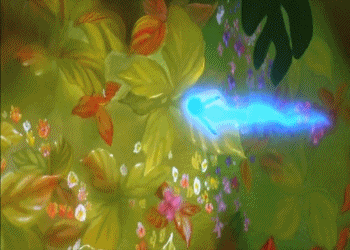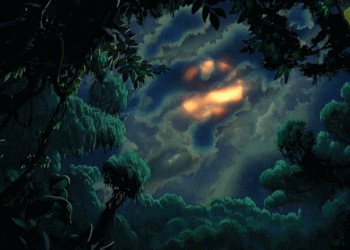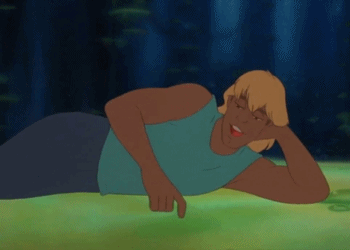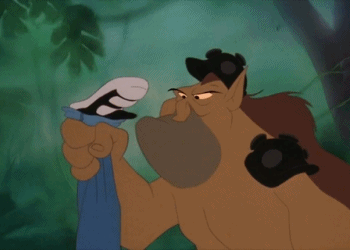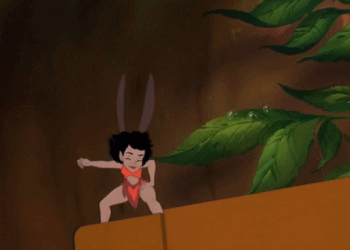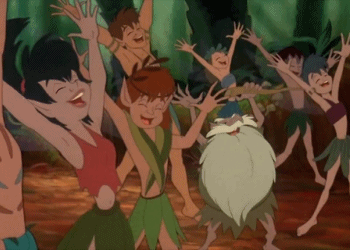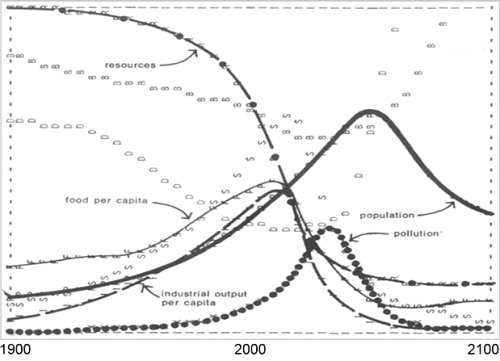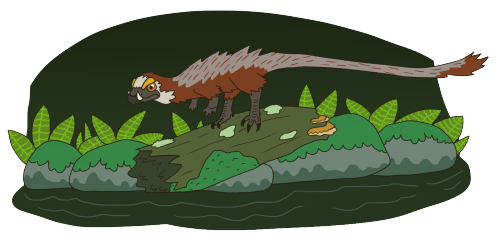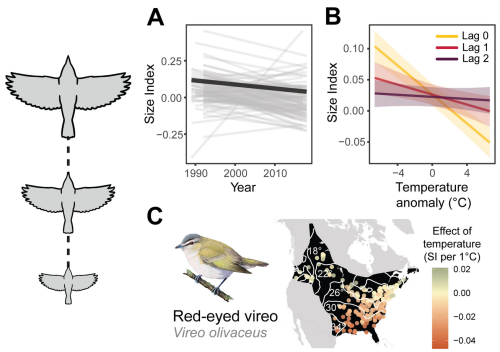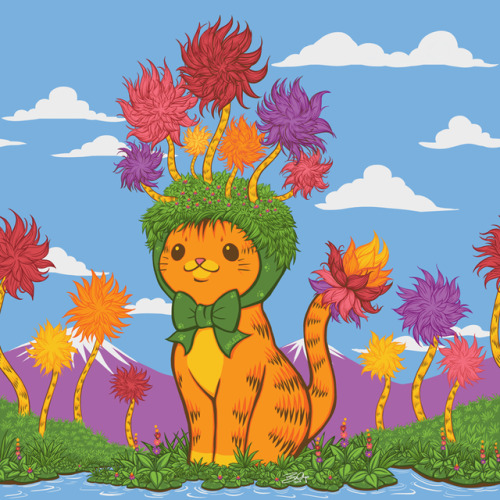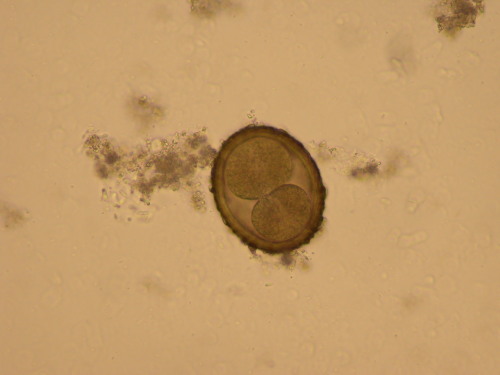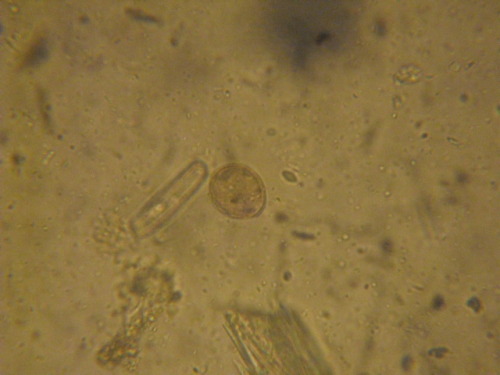#ecology
Prairies are some of the most endangered ecosystems in the world, with the tallgrass prairie being the most endangered. Only 1-4% of tallgrass prairie still exists.
Prairies are critically important, not only for the unique biodiversity they possess, but for their effect on climate.
The ability to store carbon is a valuable ecological service in today’s changing climate. Carbon, which is emitted both naturally and by human activities such as burning coal to create electricity, is a greenhouse gas that is increasing in the Earth’s atmosphere. Reports from the International Panel on Climate Change, a group of more than 2,000 climate scientists from around the world, agree that increased greenhouse gases are causing climate change, which is leading to sea level rise, higher temperatures, and altered rain patterns. Most of the prairie’s carbon sequestration happens below ground, where prairie roots can dig into the soil to depths up to 15 feet and more. Prairies can store much more carbon below ground than a forest can store above ground. In fact, the prairie was once the largest carbon sink in the world-much bigger than the Amazon rainforest-and its destruction has had devastating effects.[source]
I just have to add–that extensive root system? It’s not just how the plant eats, and how it keeps itself from getting pulled out of the ground during storms, or dying when its aboveground portion is eaten… it’s how it talks to its friends and family, how it shares food with its friends and family, and more than likely, how it thinks.That’s a whole plant brain we’ve domesticated away, leaving a helpless organism that has trouble figuring out when it’s under attack by pests, what to do about it, has very little in the way of chemical defense so it can do something about it, and can’t even warn its neighbors. Even apart from the ecological concerns, what we’ve done is honestly pretty cruel.
Here’s some more articles on this too!
https://www.theguardian.com/science/2018/may/02/plants-talk-to-each-other-through-their-roots
http://www.bbc.com/earth/story/20141111-plants-have-a-hidden-internethttps://www.the-scientist.com/features/plant-talk-38209
Whether or not you think this should qualify as a form of “intelligence” as we know it (which in itself as a pretty nebulous and poorly defined thing), plants exhibit complicated interactive behaviors that help them grow and thrive, and the way we harvest a lot of them for our produce just doesn’t even give them a chance to reach their maturity and begin trading nutrients the way they’re supposed to.
this is why I get so defensive about grass on Tumblr, and yes, I recognize how ridiculous that sentence is. The anti-lawn-culture movement - which is great in many ways! - is very anti-grass, because they think of grass as this plastic green stuff that American dads spray on everything, at the cost of Perfect Beautiful Nature. But grass is incredible. The reason that people commonly like to surround themselves with grass is because it is a fantastic plant. And yet it’s associated with the boring and mundane! People think of it as, like, background noise. They think of it as the floor. It’s like some kind of carpet to them, to be complained about occasionally because it isn’t a forest or vegetable garden. They don’t even care about it, and then they complain about it. But let me tell you: the Grass Fandom is extremely rewarding.
Obviously, it isn’t a good idea to terraform landscapes into lawns. Golf courses can fuck right off. Nobody needs to water lawns (if lawn grass turns yellow in the heat, it is almost always because it has simply gone dormant; it’ll turn green as soon as it gets some water. You don’t need to water it, it will resurrect itself.) But neither is it a universally good idea to rip up established lawns and yards and greens in order to replace them with vegetable gardens or whatever (unless you need to, or if the grass can only live there with extensive life support in place.) Grass is an excellent plant to have around the home or town; it allows pets, poultry and children to play and piss and shit and walk, and it kindly breaks all of it down; you can walk on it, and it forgives you; it prevents erosion, saving our vanishing topsoil with a ferocious stubbornness; it locks the moisture into the ground, produces a renewable harvest of grass clippings that can be composted for rich green manure, and respires nearly year-round in some areas.
I mean, grass resists being stomped on all day! It keeps high-traffic outdoor areas from becoming mudpits or dusty swathes! That’s seriously impressive in a plant. To replace that durability in public and private spaces, you’d often have to lay down gravel or chippings for people to walk on, which isn’t green and doesn’t grow and has to be acquired from somewhere. Isn’t grass impressive? Name another type of plant that will carry you like that.
Like, the OP mentions grasslands and climate change. You almost never hear about this, because the eco-public prefers the concept of trees as the Most Eco Plants Ever. Everyone loves trees sooooo much, that there is this constant background insistence that planting loads of trees will fix environmental damage forever, and that the world would be better if it all looked like some Eurocentric fantasy of a mossy fairy forest.
Now, trees are great! I am also in the tree fandom. But trees aren’t hugely efficient at fixing carbon - and across most geographical swathes of the planet, they only work part-time. They only grab carbon dioxide and produce oxygen during the stages of their life cycles when they are “awake” and actively growing - so not during winter, not in their old age, etc. And contrast with wild native grass, which apparently considers carbon capture and sequestration to be its favorite hobby. But you almost never hear people going on about “preserving grassland” or being “grass-huggers” - and that is incredibly important! Let’s talk more about grass!
And vast tracts of the world - magnificent biomes on every part of the planet - are not native forests, but native grassland. Steppes, tundras, prairies, savannahs and scrublands are places that trees don’t dominate, but they are bursting with important and diverse life - often centered around the rhythms of native grasses. Trees don’t live in Antarctica, but grasses do! Grasses are GREAT. They harbor life! They support life!
Grass forms the basis of the human food supply - we eat grains more than anything else. Grains are grasses, and we also use and eat the animals that eat grass. The great domesticated cereal grains of the world - maize, rice, millet, wheat - allowed for food storage, which allowed towns and civilizations to form. And the domesticated animals which have carried our societies on their backs for so long - cows, sheep, horses - all eat grass. Grass is so incredibly important to our daily lives. And it’s beautiful! And complicated! And clever! It’s so much more than a floor covering.
Resist the insistence that grass = lawn. (and in some climates and geographies, embrace that ‘lawns’ are a natural environment.) Encourage and celebrate the native grasses of your area! Whether they’re tallgrass or bamboo, they are very exciting and important. Perhaps you’d like to meet the nearest patch of grass - a lawn, a park, or a strip of green in a city. Is it delicate bentgrass? Tough and resilient ryegrass? Is it invasive? indigenous? Formerly invasive but now naturalized? What is it used for? Who loves it?
Just. Grass is so great! Join the Grass Fandom today!
It’s a grassroots movement
Post link
REEF OF WISHES ft. Velvet Duke!
40 years ago in 1972, the Club of Rome released a highly controversial environmental study, The Limits to Growth (AB). It estimated that if we continued to consume more than nature was capable of providing, global economic collapse and precipitous population decline could occur by 2030.
Research by Australian physicist Graham Turner supports the conclusions reached 40 years earlier by the MIT researchers that performed the original study. Turner compared real-world data from 1970 to 2000 to the first model and found that the predictions nearly matched the facts. “There is a very clear warning bell being rung here,” he says. “We are not on a sustainable trajectory.” (viaSmithsonian)
Post link
Camptosaurus is the most populous species in all of Talenta. While not as diverse or large as the sauropods, they make a successful living by cleaning up after them. Behind the usual gamut of high-browsers which keep the trees from taking over the plains are bison-like herds of camptosaurus browsing on the mid-level vegetation left in their wake. The long, pillar-like legs of the sauropods make bending down an exhausting challenge, so they leave quite a bit for them. Herds can be up to 15,000 members strong and current estimates place the total number alive between 20 and 30 million. While very large and robust compared to cows and deer, they rely on these numbers against the myriad carnivores of Talenta. Allosaurs and Torvosaurus normally prefer sauropods but will double-back to hunt the smaller camptosaurs if need be. Near forests Ceratosaurus will not hesitate to deliver unseen strikes. But the most regular hunters are Marshosaurus and halflings. Smaller than the ginormous sauropods but still large enough to put up a fight, camptosaurus are the primary food-source for most nomadic halflings. Since time immemorial their life-cycles have been intertwined. When the wet season comes, halflings enter a period where hunting is taboo (unless in self-defense), to allow their prey’s numbers to rise once more. Their striped hides are adapted in almost anything made of leather, from tents to saddles to scrolls. Their nature as a facultative biped has also worked its way into their traditions. When going on two legs the camptosaurus is free-game, and when on four legs (normally done to eat or drink) it is considered worse. Its meat will be forever tainted because it was killed in the coward’s position. Hunting camptosaurus is the main method of food acquisition among halflings, also leading to dietary changes. Almost all of their flesh is red meat. Because of this, halflings have an incredibly high tolerance to red meat and usually do not see the health risks associated with it. Camptosaurus is not a domesticated animal, however. Though entwined in their life and death, halflings have never taken them from their herds to breed them. To their minds, it would be an undeserving fate. Hunted wild the beasts can prove their merit in combat. Halfling animal-worship places much importance on the dignity of their bestial neighbors.
Physically similar to camptosaurus, Uteodon is marked by few, noticeable quirks that make it unique. Somewhat larger than their cousins, they possess darker, duller hides and live lonesome lives. Uteodon do not live in herds. Instead they inhabit the forest edges, making equal use of the trees and mid-growing ferns. Halflings consider them to be the camptosaurus’ evil cousin because of their other major difference: their temperament. Uteodon rely on their size and bulk to dissuade predators, but sometimes they need a little extra help understanding. They will bowl over predators in blind charges regardless of whether or not they were looking at the herbivore. Only those too nimble to escape or too large to truly knock over are spared. Which includes the Talenta riders. When hunters see a Uteodon among a herd of camptosaurus, they consider it a bad hunting day. They know it will fight the hunters if they try to hunt anything near it. Smaller camptosaurus herds actively encourage the presence of a single Uteodon in their ranks to defend the rest. Offering a bull first-dibs on any food and water is likely to make it happen. Still, they are rowdy and cantankerous; it’s just as possible they’ll be driven from a herd for accidentally killing a calf. Uteodon-Camptosaurus hybrids are uncommon. They tend to be larger, with dark bodies and dark stripes, and inherit their Uteodon parent’s temperament, but with a better social instinct.
Well, that was a bit of a pause between this and the last Talenta fauna. Anyways, if it wasn’t obvious, Camptosaurus is at the top and Uteodon is at the bottom. Both references come from Scott Hartman. The poses are kind of lazy, but in my defense I haven’t drawn in like a week due to real life complications. With these done we have all of Talenta’s ornithopods (and heterodontosaurs). Where shall we be going next? Perhaps this image contains a hint ^-^
Post link
Fruitadens is an oddity among the Talenta biota, culturally and scientifically. Outside, the smallest of the herbivorous dinosaurs looks quite similar to their neighboring fastieth. Closer examination reveals some surprising features. Unlike the very similar Nanosaurus, Fruitadens has an almost complete covering of short, quill-like plumage. Especially on its proportionally long tail. The skull narrows to the jaws, showing a carnivore-like shape, with its famous heterodont dentition. The large lower canine is visible externally and serves as a reminder of its bite. Fruitadens are generalists, hanging around the wetlands and rivers in the wet season and falling back to the forests during the dry season. Plants and small animals of all kinds are eaten by the critters, and they have displayed remarkable intelligence in working out how to break open mollusc shells to get at the soft innards. Their pelts are predominantly reddish-brown with whites and greys, made up of stiffened quills ending in points. Like cats they can manually raise their pelts to seem larger and prickly. Prickly is a good word for them. Their eyebrow ridges give them a constantly peeved look, which fits with their behavior. Fruitadens act ornery to make up for their small size. They’re still much more likely to run than fight, but there are plenty of Talenta hunters who have been bitten for little more than accidental encounters. In their frail bones is a strong bite capable of nipping off fingers. Their attitude, appearance, and habitat of the forests of Talenta have earned them a bad reputation among the halflings, who regard them the same way the average Aundairan would regard a skunk, with a bite instead of a stink. They are not entirely without merit though. Their quills are sought after by the few scholars of the Plains as, in the absence of geese and swans and the normal sort of traveling traders, their quills are the only options for pens, and they make rather sturdy ones at that.
Post link
Nanosaurus make up the majority of the small, antelope-like positions in Talenta. They are not particularly social, but do hang around larger herbivores when eating or sleeping. They are the quickest and most perceptive of the fastieth. Killing one and wearing its pelt is considered a mark of a hunter’s speed and keen eye. Nanosaurs are jumpy like deer, able to leap about 6 feet in the air and out-speed any other fastieth by a country mile. Being able to outrun predators means these fastieth live all about the plains, dry and wet season. They make their presence known by their distinctive scent, somewhat like fish oil. Nanosaurs rarely go into the forests, where their feet are not so sure as on the flat ground. The single variety that does live in forests are smaller and quieter, with stout legs and demure pelts. During the dry season they breed, markedly different from other fastieth. They dig small foxholes with their back legs. Females with their sandy pelts hide in it and puff up the long, thin feathers on their back, disguising themselves as dry plants to protect the eggs. Several subspecies exist around the plains. One prefers the hilly, mountainous terrain around the Mror Holds and is adapted for cold climates. Another, larger one is even more adapted to the cold, sometimes encroaching on the fields of Karrnath. Those that live in the forests are noted above. The final is otherwise similar to the plains subspecies but is smaller and more brightly colored, with orange and blue facial markings in the males. Most males have slate gray plumage that may look black or blue depending on the lighting. They also have white marks, but these are unrelated to dryosaur masks. Females are a monochrome sandy color. But males actually have a better chance at evading predators. Their plumage is very different from their scaly back halves, making them look like two different animals stitched together. This throws off predators. Females don’t have such luck and are more likely to be spotted and hunted outside of the breeding season. So now a third, distinct gender is appearing in the plains subspecies, with females possessing male plumage, but not the elaborate orange dressings. They get the benefit of avoiding predators, but are often overlooked during mating. To fix this they often become aggressively flirtatious with males to get the idea across.
–
The idea was the male was being hunted, with a trap around its leg. Technically this is a recreation of the Jurassic Park Othnielosaurus, since Othnielosaurus and Drinker got lumped into Nanosaurus. Most of the scale and plumage references was taken from Kulindadromeus. How closely related it is to Nano is questionable, but in lieu of any other scale impressions it was the safest bet.
Post link
Yessss! Finally, I get to share the illustrations I did for Casey Youngflesh and his Ph.D research! Go check out Youngflesh et al. 2022 for the details, but in short, he used a whole lot of bird banding data (from The Institute for Bird Populations’ Monitoring Avian Productivity and Survivorship program) to demonstrate differences in wing shape and body size within species, and how those things are actually changing in response to climate change (as the world gets warmer, birds get smaller). Crazy stuff!
Post link
Orange Cat Wears Fluffy Tree Hat
…because you speak for the trees.
“UNLESS someone like you cares a whole awful lot, nothing is going to get better. It’s not.” “The Lorax”, by Dr. Seuss
I’ve been going through some sort of weird internal transformation this year. This hommage piece is definitely a hint as to what has been eating at me.
Seriously, this cat is turning more and more alien the more I work with them as a “conceptual” messenger…
Anyway, prints and stuff are here: Society6||Redbubble
Post link
Pandas and parasites
Giant pandas, the international symbol of conservation, are one of the most loved species in the world.
A group of parasitic round worms are one of the main causes of mortality of giant pandas in the wild, and collectively infect more than 50 animal species worldwide.
Infection can damage the intestines and if the infection reaches the brain and eyes: will often result in death.
Dr Russ Morphew at Aberystwyth University, along with researchers at IBERS and Mr Iain Valentine RZSS Edinburgh Zoo look to identify how this deadly parasite responds to anti-parasitic drugs. More specifically, whether drug resistance is the cause of repeat infections in captive giant panda populations.
They hope that their findings will not only help to inform conservation strategies in captivity and across China’s giant panda reserves, but also that they could lead to improved control strategies to deal with infection in the future.
Image credits: Top and bottom images: Zhou Mengqi
Middle images: Baylisascaris eggs, Steve Gschmeisnner
Post link
I do do other things than just transcribe all day. Amongst them is gardening. I have a longish side project going on where I managed to convince the commissioners of the local parish to let me turn ¼ acre of the hilly section of a common field into a wild flower meadow.
I started late in 2018. And tried lots of fun methods to get it going. First was seed bombs. Nada. The grass and existing plants out competed the seeds. They blew in the wind to other parts of the village so Fox and Cubs and poppies etc sprung up lane verges and on the paths of the graveyard, following the direction of the prevailing wind.

I froze thousands of yellow rattle seeds to try to acclimatise them and break their dormancy.
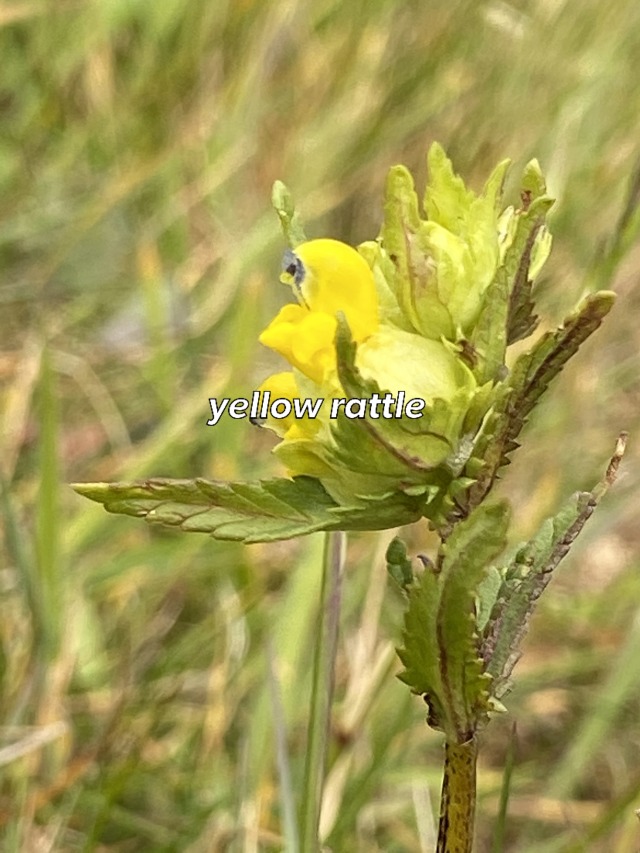
It is a semi parisitic flower that weakens grass. It is also notoriously difficult to germinate and it only germinates from the previous year’s seeds. Shelf life miniscule. I was like I’ve germinated Himalyan poppies this will be a piece of cake. Er, no. ££ sunk in and nada. Yellow rattle rage is a thing apparently.
Meanwhile, the field in spring was showing up with dandelions, buttercups, daisies, plaintain and ground elder. Nothing special and in comparison to the tussocky unkept parts of field not much different for biodiversity. Thus proving, wildflower growing is not as easy as let go and leave. So more reading on meadow management.
In the summer, we cut out a trefoil outline and turned it over with a cultivator to see if flower seeds might germinate on that. More seed sowing, but dandelions and ground elder soon colonized.
Luckily, plan d, was a bunch of seeds I had grown at home. With the with the help of a lovely Brownie pack we pricked out, grew on and planted 100 plants. Little tooth pick flags were used to identify them and like a lunatic I had to individually visit them and water them for a week (hence the trefoil path and flags so they could be easily found) until the rain finally came to take over their settling in process. We added marguerite and cornflowers, borage and red clover successfully established.

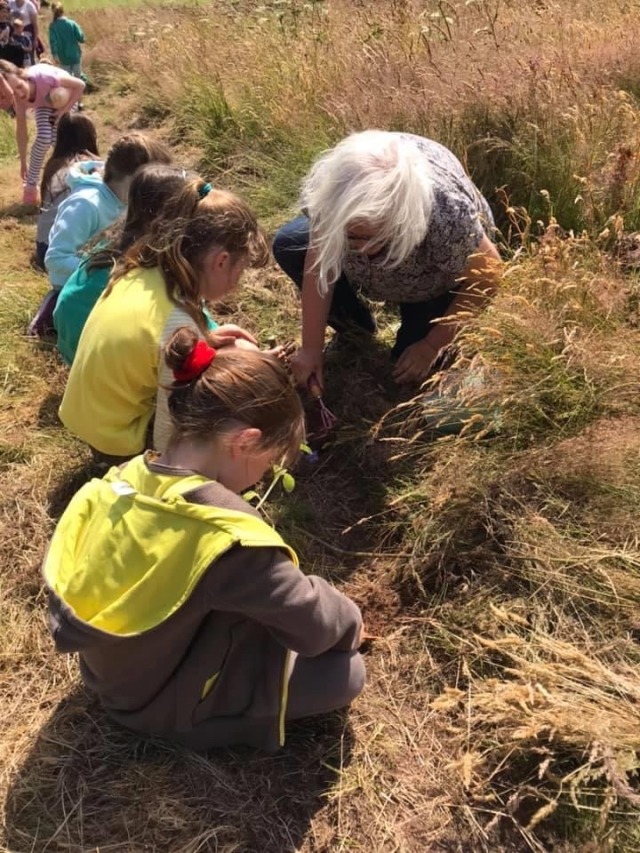
But the factor that made all the difference was in someways the most obvious: meadow management. In late summer, I went out with a strimmer. It took five days to strim the whole area back. I worked slowly to encourage, voles, lizards and beetles to head for the tussocks. I burned my arms on giant hogweed sap mistaking its umbelliferous form for the ubiquitous ground elder.

Next our domestic mower set to high and another week of spent mowing and collecting the grasses into mounds for drying. Once dried, they could be rolled onto tarp to be dragged to the massive composting heap. Removing any cut great matter was my best chance of weakening the current sward to give the plants a fighting chance. After that fortnight, I was shattered, sweaty, burnt, dusty heap myself.
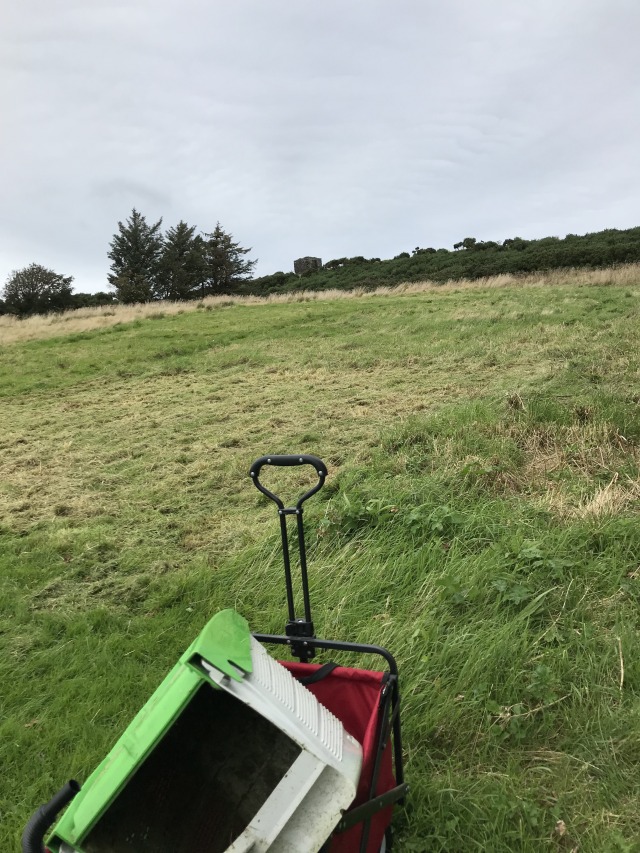
A small envelope of local island yellow rattle free from the Manx Wildflower Trust did germinate and now this spring I’ve spotted a dozen or so making their appearance.
At the end of February another much easier cut (only 2 days of backbreaking work). So finally come this spring we have our usual display of the old familiars but hello to some newbies. Last years’ wild flowers planted by the Brownies have also filled out.



Lockdown has resulted in only being allowed a short visit so I tried painting seeds onto loo roll and leaving ribbons of loo paper on the path topping them with seed compost but four weeks of no rain has made this look detritus from a Halloween after party.

Walking the dog, I have been out with a weed puller just to knock back the ground elder a bit. Will take on other plants that tend to dominate the sward later.
I plan to stash another 100 plants on the cultivated path section (all again grown from seed to healthy plugs). Then the summer cut is essential to disperse their seeds and further weaken the grass and remove more nutrients as wild flowers favour poor soil.
My advice; assume a five year process. Cut and remove clippings twice a year. Get a cultivator and turnover a working path for planting little wild flower plugs you’ve grown yourself. Get local yellow rattle, do not waste your cash on other supplies as reliability is poor and there is no way of check yours is from this year’s crop. And do make little toothpick flags and invest in a watering tank back pack or hope to heck there is a water outlet near by. Best of luck.



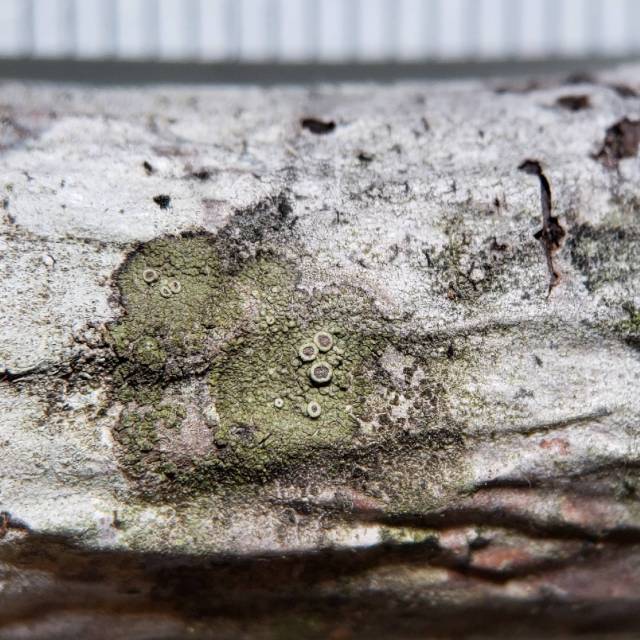
Maronea polyphaea
Um … anyone else having trouble uploading/editing multiple-picture-posts? Is this a my dumb internet thing? Or a new post-version thing? Ugh, annoying. I will try not to let it get me down and color my opinion of today’s lichen, M. polyphaea. This crustose lichen has a thin, wrinkled, gray-green thallus with black-disked apothecia. The surface is often coated in a thin layer of powdery pruina. M. polyphaea grows closely attached to smooth tree bark in the SW U.S. Pretty sure. There are records of it growing elsewhere, but the description I am reading is pretty specific about that range. IDK, a lot of things aren’t making sense to me today. But you know what does make sense? Falling in love with little dudes like this.
info:source


